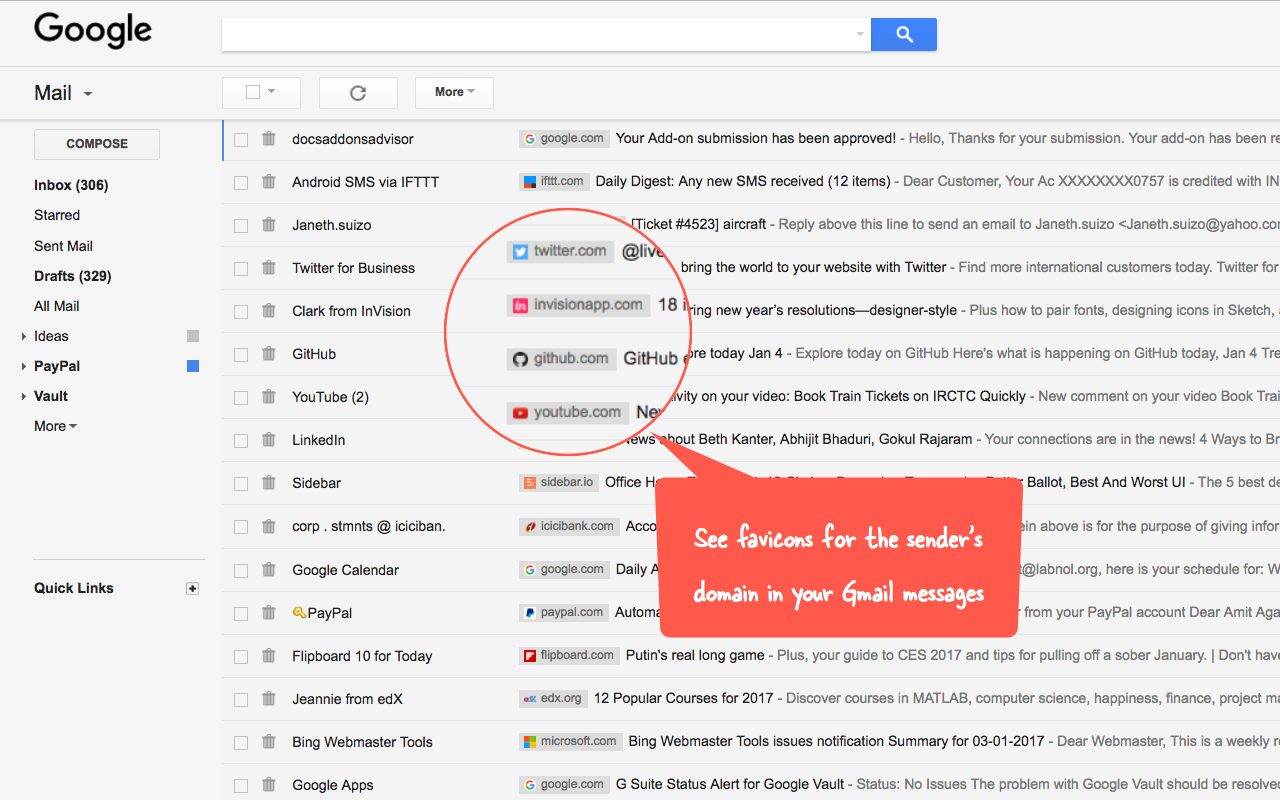I reached for my chiming iPhone, lifting my eyes from the email I was writing at my desk. I noticed a new notification…a text message from a number I didn’t recognize.
The text read: “Your 50% discount on your Spectrum account expires tomorrow. Click HERE to continue enjoying great savings.”
This was a SCAM. But in the middle of a hectic day, this text message caught me off guard and I almost got sucked in. Was I going to miss out on great savings if I didn’t act quickly? Luckily, I realized the danger before I made a decision I would have regretted.
I’m certain you’ve received a similar message, or perhaps even a letter in the mail. All of these are designed for one purpose: to catch you off guard so you make a hasty decision and give away your data, your dollars, and your dignity.
Approximately 3.4 billion phishing emails are sent every single day, and they continue to be the most common way businesses are breached.
So how can you identify these questionable messages before they cause a whole lot of trouble? Let’s take a moment to explore some of the tell-tale signs of these dangerous messages.
1. An Unknown Sender
Most often, dangerous messages come from an unknown sender. The text message I received was from an unknown number. Phishing emails are a little trickier, because they often claim to be from someone you know, but by quickly looking at the email address, you’ll find it’s an unknown sender pretending to be someone familiar.
What You Should Do: Always double check the sender, number, or email address to ensure you know and trust the sender.
2. An Offer or Request
Dangerous messages will almost always have an offer or request. These might come in the form of a discount, a promotion, a specific ask, or something that needs your attention. Here are some examples that may sound familiar:
- “The package couldn’t be delivered. Click here to confirm address.”
- “I’m in a meeting right now, but I need some gift cards as a gift for my nephew.”
- “We’ve detected fraudulent activity on your account. Click here to secure your account.”
- “Your invoice is ready. Please click here to pay.”
What You Should Do: Never act on a message that seems even the slightest bit suspicious. Go directly to the source (bank, account, person, delivery service) to confirm before you take any action.
3. A Sense of Urgency
Dangerous messages are notorious for invoking your sense of fear and urgency. The message will usually indicate some sort of expiration or emergency that needs your immediate action. In the case of my “Spectrum” message, I needed to click the link to secure my 50% discount because it was expiring tomorrow. OH DEAR! Scammers want you to be flustered, because when you’re heart is racing, you make poor decisions. That’s why the message from your boss needs you to go to the store and buy gift cards RIGHT NOW!
What You Should Do: When you receive a message that sparks fear, take a breath. Think through your next steps, confirm you can trust the sender, and be deliberate in your next steps. It’s also a good idea to run the message and your plan by someone else who can give you objective advice.
4. A Link or Redirection
Messages that pose a threat to you, your business, and your data rarely live solely in the message itself. The ultimate goal is to send you somewhere to give away information, to infect your computer, or to gain more access. Dangerous messages often include a link or a file that the scammer needs you to click on.
What You Should Do: Never click on a link unless you are 100% certain it’s legitimate. Instead, go directly to the source. For instance, if your bank says you need to secure your account, avoid the link in the message and go directly to your bank’s website. Log in and see if your account is in danger. Chances are, all is well and you will haver avoided a really bad day.




Recent Comments